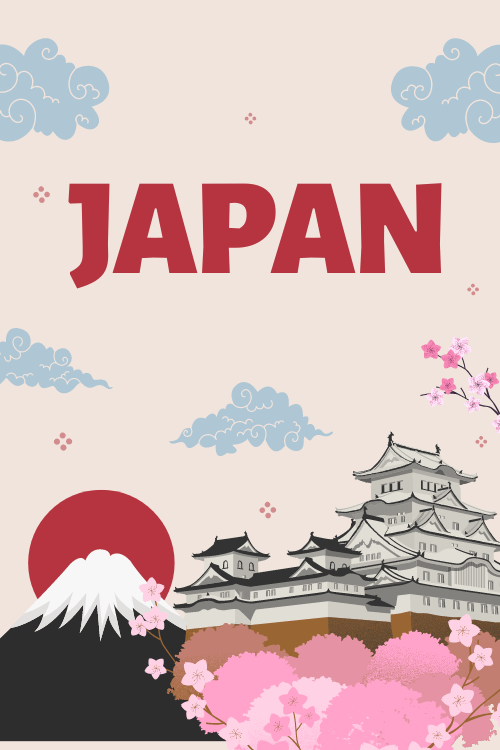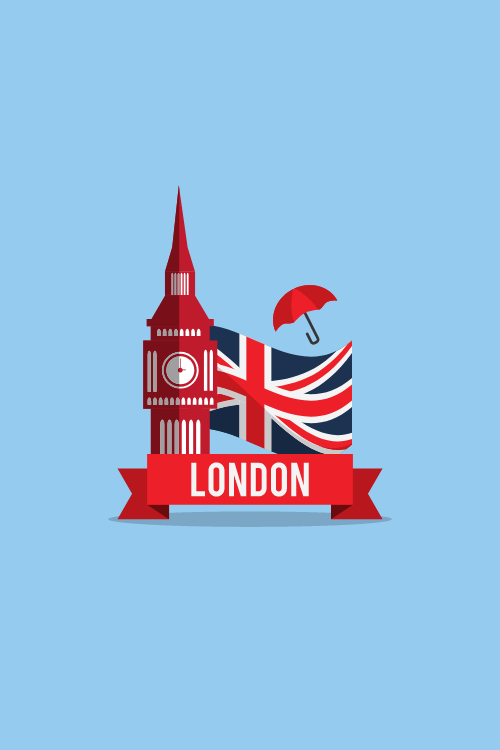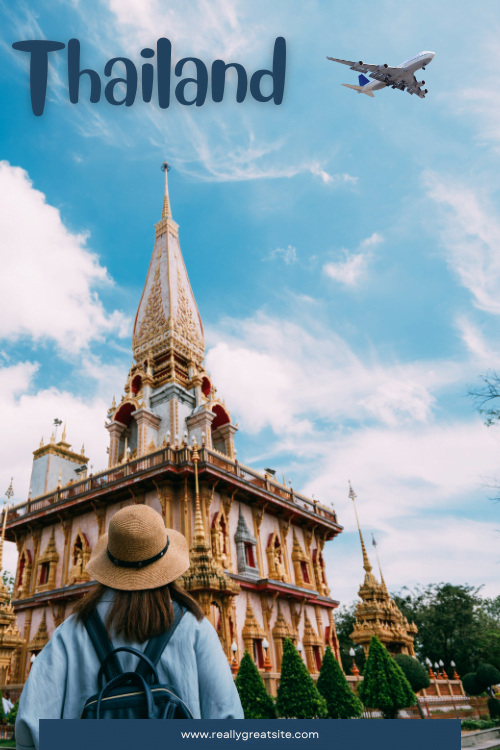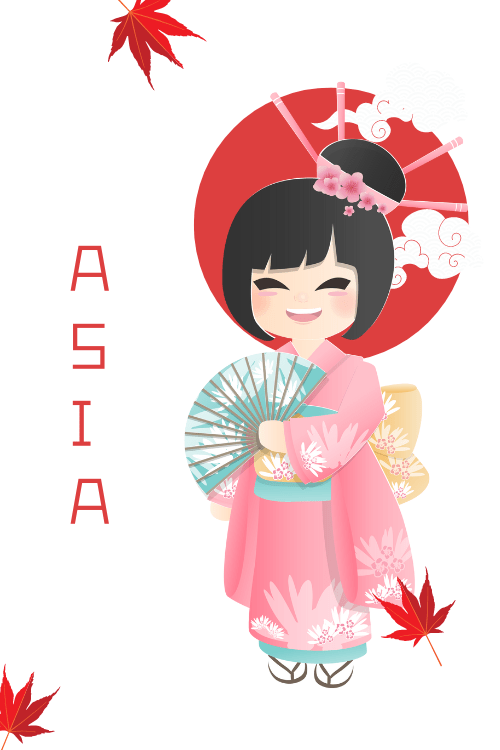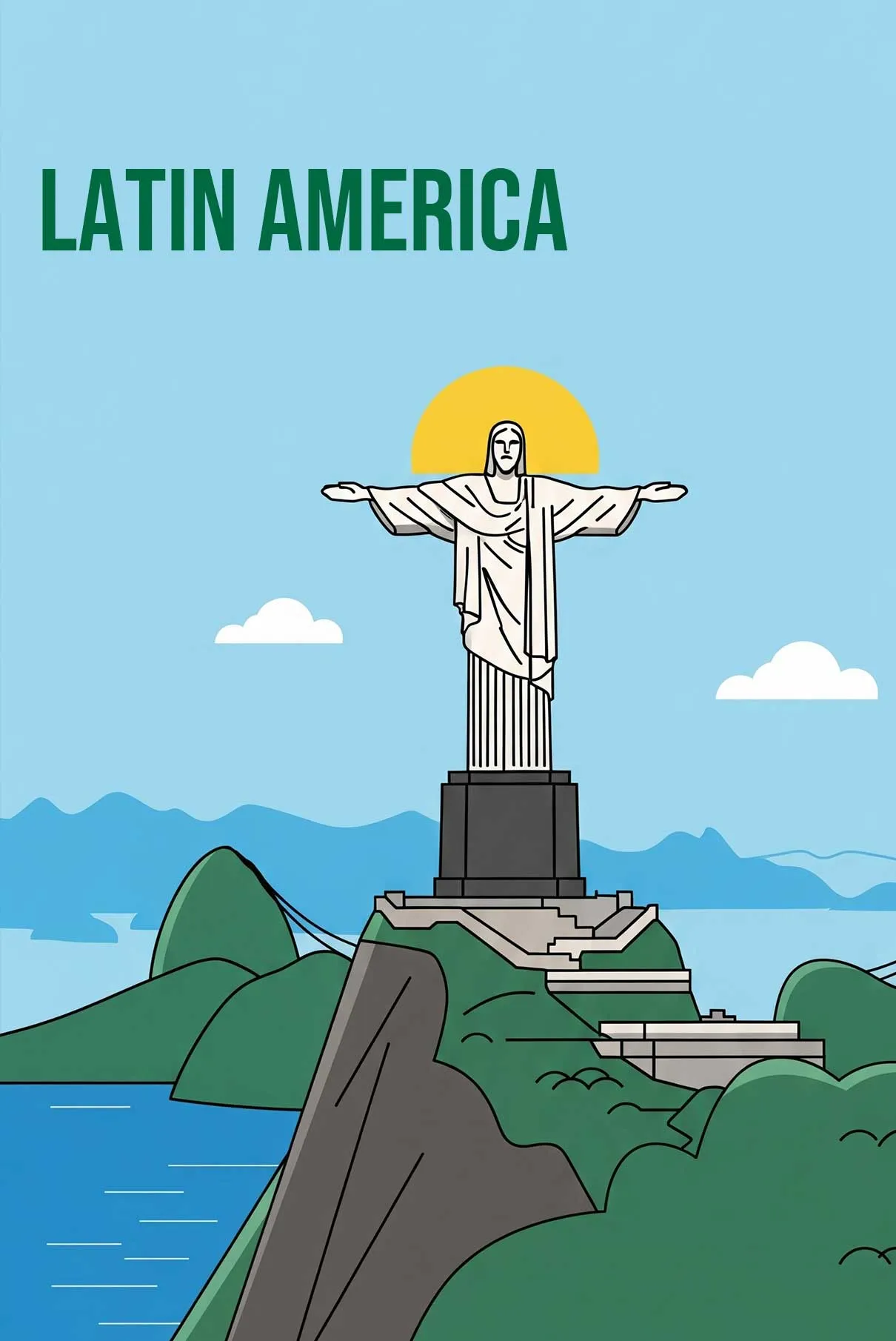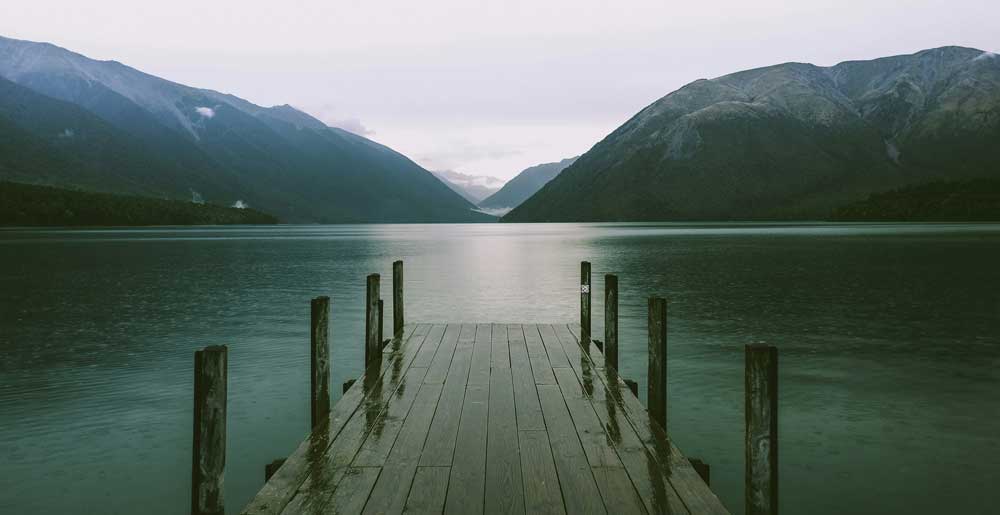Travel
The Best Time to Visit New Zealand
Understanding New Zealand’s Unique Seasons
You might think you know when to visit New Zealand – maybe you’ve heard December is perfect, or March is ideal. But here’s something that catches most travelers off guard: when you’re planning your trip to New Zealand, you need to flip everything you know about seasons upside down (quite literally).
While your friends back home are breaking out their summer shorts in June, New Zealanders are hitting the ski slopes. That’s right – when the Northern Hemisphere bakes in summer heat, New Zealand is deep in its winter season. This reverse seasonal pattern is just the first piece of the puzzle you’ll need to solve when planning your perfect New Zealand adventure.
I learned this lesson the hard way back in 2019, arriving in Auckland wearing shorts in July, expecting the same summer weather I’d left behind in California. The locals couldn’t help but smile at my obvious tourist mistake. But here’s the thing – that “mistake” led to one of the most memorable trips I’ve ever had, experiencing New Zealand’s winter in all its raw, beautiful glory.
What you really need to understand is that New Zealand doesn’t just have different seasons – it has different personalities throughout the year. Your experience hiking the Tongariro Crossing in February will feel like an entirely different adventure compared to seeing it in September. The way light hits Milford Sound in winter creates a completely different atmosphere than its summer personality.
Autumn in New Zealand (March to May)
March marks the beginning of what many seasoned travelers (myself included) consider the secret sweet spot for visiting New Zealand. As summer crowds thin out and temperatures start to cool, you’ll discover a landscape transforming into what looks like an artist’s palette.
Key advantages of autumn travel:
- Fewer tourists on popular tracks and trails
- More reasonable accommodation rates
- Stable weather patterns (generally)
- Spectacular fall colors, especially in Central Otago
- Perfect temperatures for hiking and outdoor activities
The weather during these months tends to hover between 15-20°C (59-68°F), creating ideal conditions for both outdoor adventures and wine tasting – and trust me, you’ll want to do both. March and April often see less rainfall than summer months, which might surprise you. I remember a particularly perfect April afternoon in Marlborough, where the autumn light made the vineyards glow golden, and there wasn’t another tourist in sight.
What you need to plan for:
- Pack layers – mornings can be crisp
- Book rental cars in advance (still relatively high demand)
- Bring rain gear (especially for May)
- Consider indoor backup activities for occasional wet days
By May, you’ll notice a distinct shift as winter approaches. The South Island’s higher regions might see their first snowfall, creating dramatic photo opportunities where autumn meets winter. This is when you can capture those postcard-perfect shots of golden trees against snow-capped mountains – particularly around Wanaka and Queenstown.
Local tip: Keep an eye out for harvest festivals, especially in wine regions like Hawke’s Bay and Central Otago. These events often fly under the tourist radar but offer some of the most authentic Kiwi experiences you’ll find.
Making Your Final Decision: When Should You Go?
Choosing the perfect time to visit New Zealand isn’t just about weather – it’s about matching the season to your travel style and priorities. After years of experiencing (and sometimes mistiming) New Zealand trips, I’ve learned that the “best” time depends entirely on what you’re hoping to experience.
Here are the key factors you need to consider:
- Your must-do activities and whether they’re season-dependent
- Your comfort level with variable weather
- Your budget and flexibility with dates
Let’s break this down practically. If you’re dreaming of hiking the Great Walks, you’ll want to target late spring through early autumn (November-April). However, if you’re hoping to combine skiing with some general sightseeing, August is your sweet spot – you can hit the slopes and still enjoy relatively mild weather in coastal areas.
Budget travelers should pay special attention to shoulder seasons. March-May and September-November not only offer more reasonable prices but also provide that perfect mix of decent weather and smaller crowds. I’ve found some of my favorite experiences happened during these in-between times, when you can still do most activities but without the peak-season chaos.
Think about your non-negotiables. Are you set on seeing specific wildlife? Whale watching is best in June-August when sperm whales are passing by Kaikoura. Want to catch the lupins blooming in Mackenzie Country? You’ll need to visit in November-December. Looking to avoid crowds at all costs? Consider June-September for the North Island or May for the South Island.
Remember, New Zealand’s weather can be unpredictable in any season. I’ve experienced perfect sunny days in winter and random snowfall in summer. The key isn’t finding perfect weather – it’s being prepared for whatever the islands throw at you. Focus on what matters most to your travel style, and build your timing around that.
Your Month-by-Month Quick Reference Guide
After exploring every season New Zealand has to offer, let’s organize everything into a clear, scannable format. This table represents the culmination of countless trips, mistakes, and discoveries that will help you make the right choice for your adventure.
| Month | Weather | Crowds | Costs | Best For | Watch Out For |
|---|---|---|---|---|---|
| January | Hot, stable (20-25°C) | Very high | Peak prices | Beach activities, hiking, festivals | Book well ahead, crowded attractions |
| February | Warm, settled (20-25°C) | High | Peak prices | Hiking, water sports, cultural events | Limited accommodation availability |
| March | Mild (18-23°C) | Moderate | High-moderate | Wine harvests, hiking, photography | Variable weather patterns |
| April | Cool (15-20°C) | Low-moderate | Moderate | Autumn colors, hiking, wine tasting | Shorter days, increasing rain |
| May | Cooler (12-17°C) | Low | Lower | Photography, quiet exploring, deals | Cold mornings, occasional frost |
| June | Cold (10-15°C) | Very low* | Lowest** | Hot springs, skiing begins, cozy trips | Winter road conditions, track closures |
| July | Coldest (5-15°C) | Low* | Low** | Skiing, winter sports, hot springs | Snow on passes, short days |
| August | Cold (5-15°C) | Low-moderate* | Low** | Skiing, winter photography, stargazing | Alpine road conditions, cold nights |
| September | Cool (10-17°C) | Low | Low-moderate | Spring blooms, skiing, lambing season | Unpredictable weather, some track closures |
| October | Mild (12-19°C) | Moderate | Moderate | Spring hiking, photography, waterfalls | Variable weather, wind |
| November | Warm (15-21°C) | Moderate-high | High | Lupins, hiking, spring activities | Increasing crowds, booking needed |
| December | Warm (17-23°C) | Very high | Peak prices | Beach activities, hiking, festivals | Peak crowds, expensive rates |
* Except at ski destinations
** Except ski resort areas where prices peak
Key notes about the table:
- Temperatures are general ranges and can vary significantly between North and South Islands
- Crowd levels are relative to New Zealand’s tourism patterns
- Costs are based on general accommodation and activity prices
- “Best For” suggestions are based on optimal conditions and availability
- Weather can be unpredictable in any season, always be prepared for changes
Remember, this is a general guide, and microclimates across New Zealand can create very different experiences even within the same month. The key is to use this as a framework while staying flexible with your plans and expectations.
Need Cheap Mobile Data While Traveling in New Zealand?
Explore New Zealand without worrying about global roaming charges with eSIMs.
- They’re affordable, offering data rates at a fraction of what it would cost for global roaming.
- They’re quick and easy to set up, simply scan a QR code and your package is downloaded to your mobile device.
- Can be used all across New Zealand and switches to different mobile networks automatically from region to region so you don’t need to do anything.
- No SIM cards – if your mobile device supports eSIM technology, no need to remove your existing SIM simply download an eSIM.
- 100% prepaid – no nasty bill shock.
- Top up if you need more data.
- Set up before you leave or when you enter New Zealand.
Click here to see our list of eSIM plans!
Related articles:

